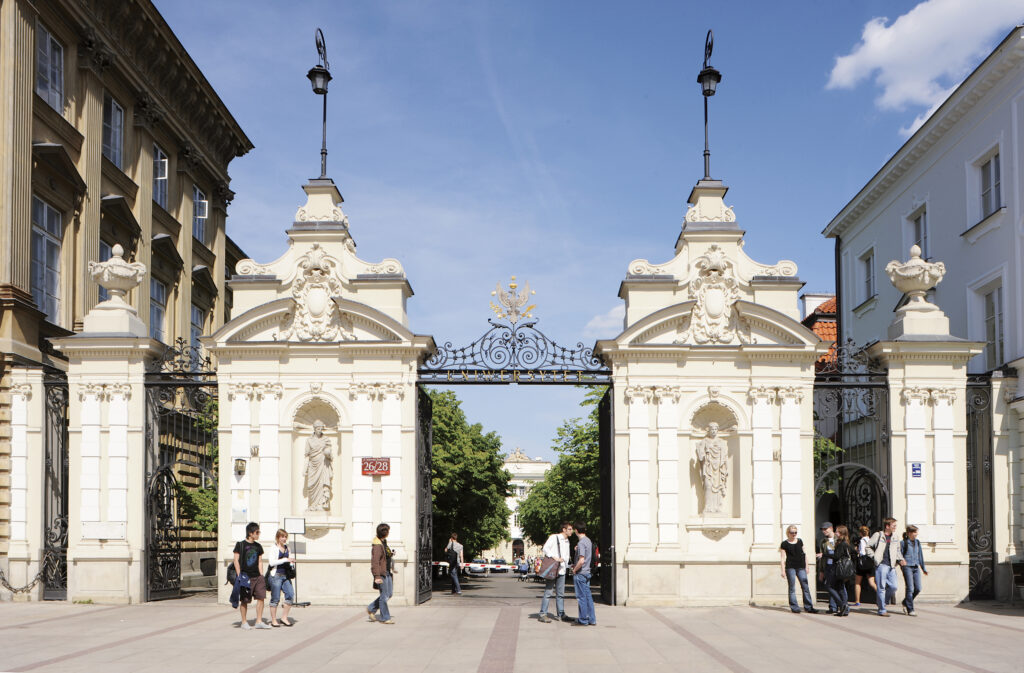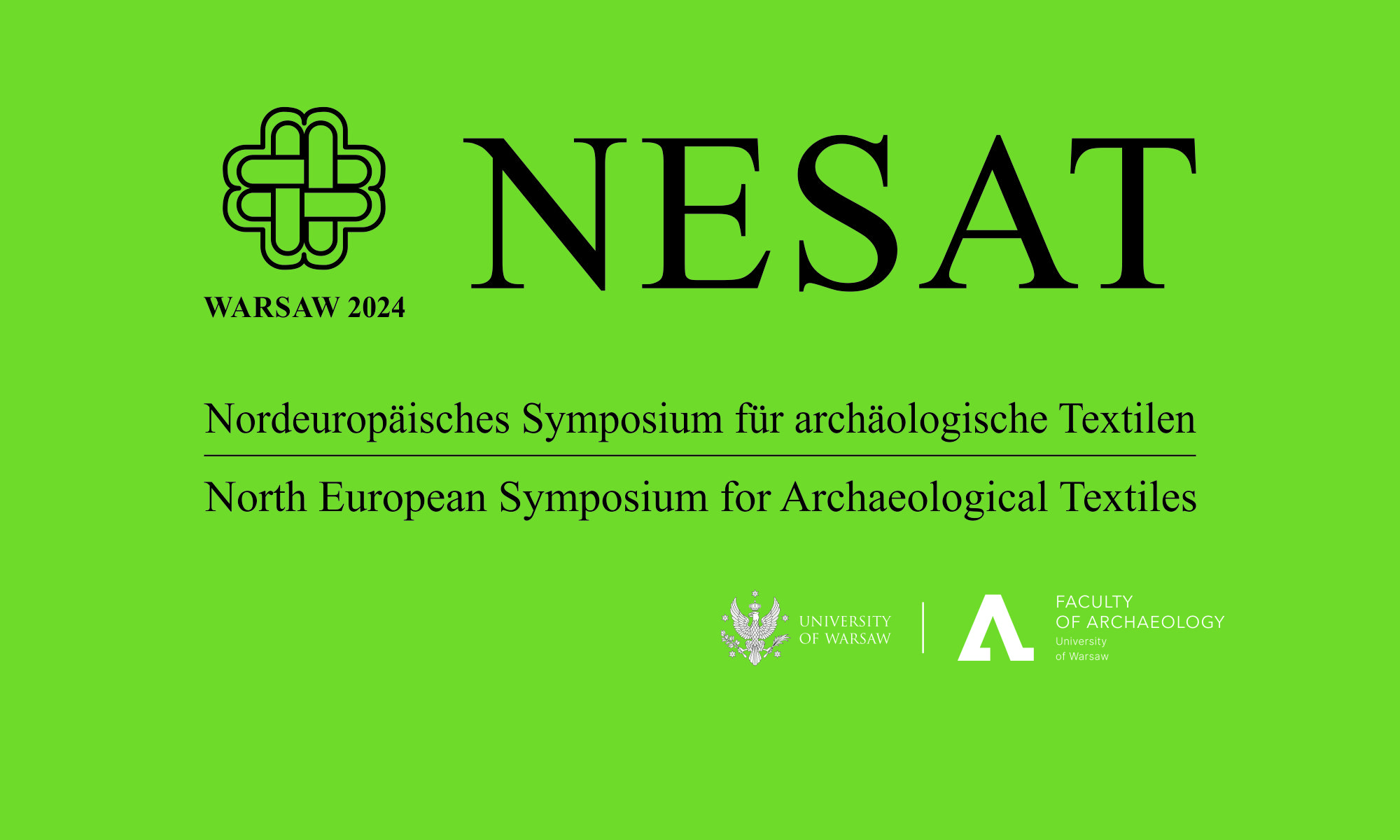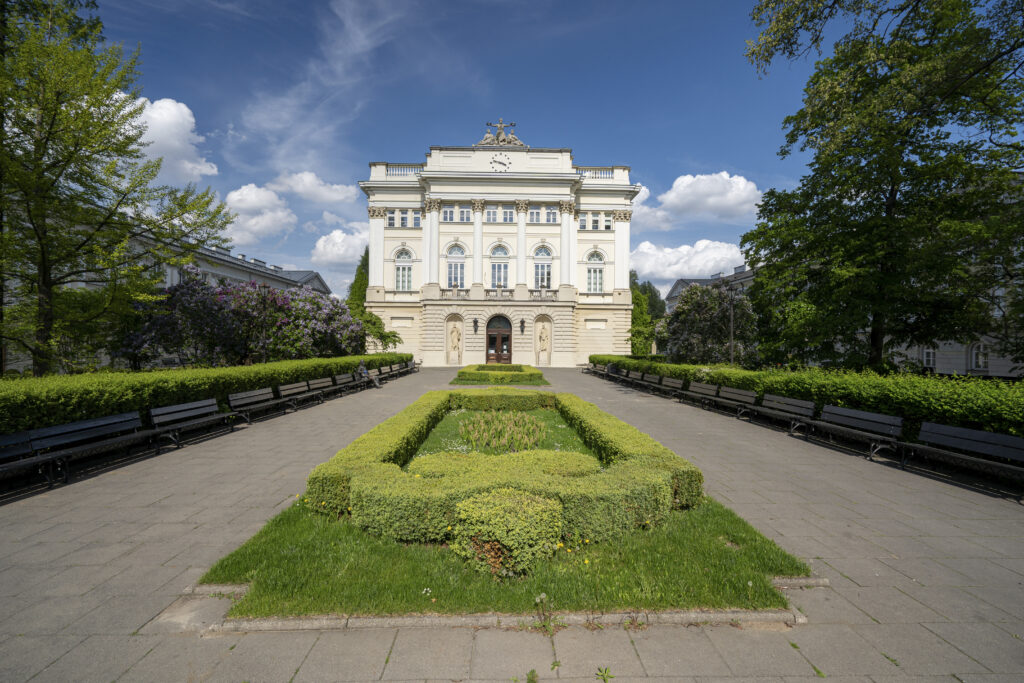
 The gate to the Main Campus of the University of Warsaw (© University of Warsaw)
The gate to the Main Campus of the University of Warsaw (© University of Warsaw)
It is our pleasure to announce the Call for Papers for the NESAT XV Conference which will be held at the University of Warsaw, Poland, from 22nd to 24th May 2024.
Following the tradition of previous NESAT Conference editions, the NESAT XV Conference in Warsaw will focus on the study of archaeological textiles in Northern and Central Europe, spanning from the Neolithic to historical periods. We invite submissions that explore textile discoveries within their broader contexts, including technical, social, cultural aspects and meanings, as well as various facets of textile production and economy. Additionally, we encourage papers that discuss research methodologies and methods, and theories related to textiles.
Proposals for 20-minute oral presentations should include an abstract in English, with a maximum length of 350 words, as well as the presenter’s personal details (title/degree, name, affiliation, email address, and, if available, ORCID ID number). We can accommodate a maximum of 48 oral papers over the course of the three-day proceedings.
Furthermore, there will be a poster session featuring a maximum of 32 posters. If you opt for a poster presentation, please submit an abstract of up to 200 words. The NESAT Scientific Committee reserves the right to suggest a change in the type of presentation based on the submitted proposal.
The deadline for submitting proposals for both oral presentations and posters is 31st October 2023. Please send your submissions to: nesat15warsaw@uw.edu.pl.
The Organising Committee:
Agata Ulanowska
Marcin Wagner
Magdalena Woźniak
Marta Żuchowska
Katarzyna Żebrowska
For the last three editions of the NESAT conferences, see: NESAT XII Hallstatt 2014 (with a history of NESAT conferences); NESAT XIII Liberec 2017; NESAT XIV Finland (online) 2021.


